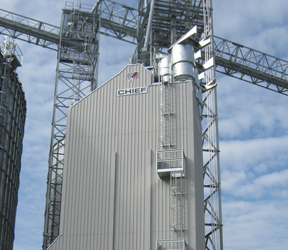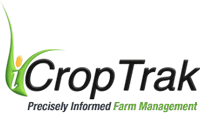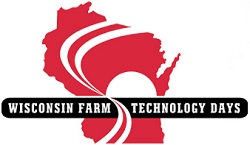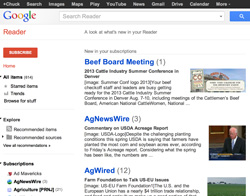 USDA’s Natural Resources Conservation Service (NRCS) has developed the world’s largest soil carbon dataset to help producers and planners estimate the impacts of conservation practices on soil carbon levels. USDA is committed to reducing agriculture’s carbon footprint, as Agriculture Secretary Tom Vilsack discussed in a June 5 address at the National Press Club in Washington, D.C. The Secretary outlined USDA’s modern solutions for environmental challenges.
USDA’s Natural Resources Conservation Service (NRCS) has developed the world’s largest soil carbon dataset to help producers and planners estimate the impacts of conservation practices on soil carbon levels. USDA is committed to reducing agriculture’s carbon footprint, as Agriculture Secretary Tom Vilsack discussed in a June 5 address at the National Press Club in Washington, D.C. The Secretary outlined USDA’s modern solutions for environmental challenges.
Soil has tremendous potential to store carbon, which reduces the levels of carbon dioxide in the atmosphere, one of the leading greenhouse gases contributing to climate change. Storage potential varies among soils, land covers, land uses and management, and NRCS soil scientists took 148,000 individual soil samples and evaluated them for carbon content. This Rapid Carbon Assessment, or RaCA, dataset serves as a baseline or snapshot in time for the amount of carbon each soil type is holding.
Landowners can calculate how much carbon their conservation practices such as cover crops can remove from the atmosphere with the new tools, COMET- Farm and the Agricultural Policy Environmental Extender, or APEX model.









